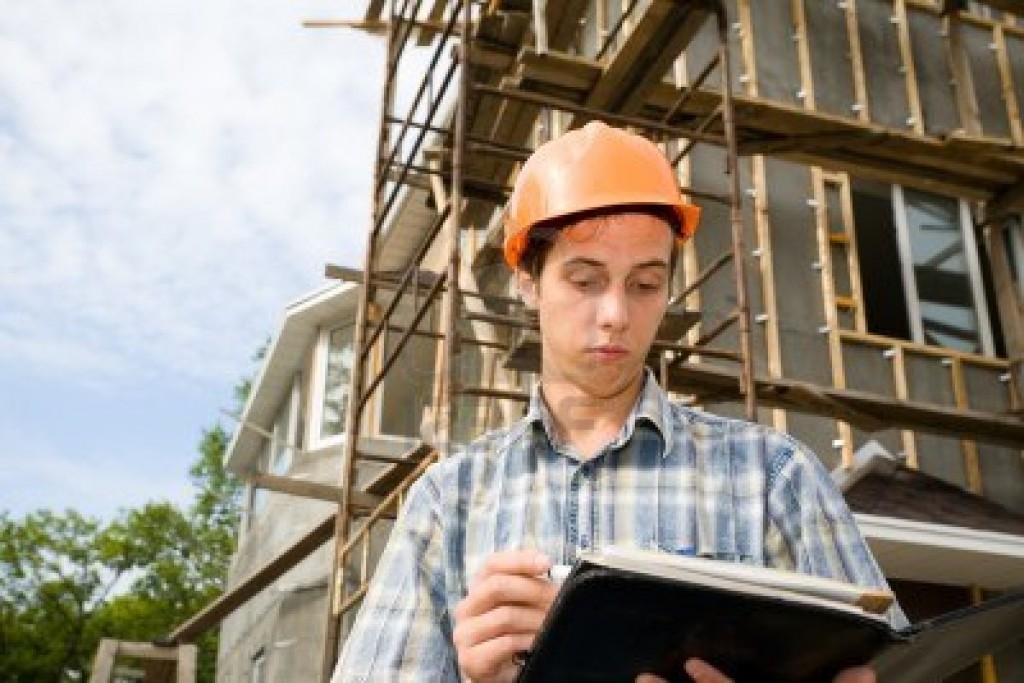Construction sites are often hives of activity, filled with sometimes dozens of busy people moving around, doing a wide variety of jobs all at the same time – so it’s very difficult to have comprehensive safety measures when the situation is so fluid.

As a consequence, construction has the largest number of fatalities of any American industry, including fishing. Construction workers are working alongside gas, electricity, heavy industrial machinery, dangerous raw materials, often at heights or in enclosed spaces – a volatile environment. But even despite this, and the best efforts of the industry and lawmakers to reduce them, accidents still happen far more frequently than they should.
Here are ten essential safety tips that anyone working on a construction site needs to be aware of, even swear by.
1. Proper clothing is essential and should be worn whenever appropriate. No-one should ever be seen on a site without a hard-hat, that’s rule number one. Heavy-duty gloves and boots offer good protection against common injuries, and ear and eye protectors, and high-visibility clothing may be necessary too.
2. Any visitor to a site needs to report to the construction manager immediately before going anywhere else, so that their presence is known. Even if they are familiar with construction sites, if they haven’t visited this one before then they should be accompanied at all times.
3. Complete training on safety measures, and operating equipment, should be enforced and regularly updated. Knowing how to operate machinery responsibly, where emergency brakes or engine shut-offs are located, should come as second-nature.
4. Workers should be aware that danger is potentially everywhere, so they need to keep their eyes and ears open at all times – especially in cases where there is heavy machinery being used nearby, or overhead power-lines or underground cabling in the area.
5. Keep well clear when someone is operating heavy machinery such as forklifts, diggers or cranes. All workers should be well aware of the machine’s swing radius, and operators should check every side thoroughly before moving off. “Spotters” are frequently used in these instances.
6. When using a forklift or other machinery for moving materials around, ensure the load is stable and secured.
7. The most common form of injury on construction sites is falling from a height. Machinery such as cherry-pickers should be employed where possible, and guard-rails installed on scaffolding at every level.
8. Avoid complacency. Often it is the most experienced workers who pay the least attention to their personal safety and the safety of others. Over-confidence should be one of the easiest causes of accidents to fix.
9. Before any construction work begins, a thorough risk assessment should be carried out, with results explained for the team on the site. Risk changes over time, especially in an industry such as this, so the assessments must be regularly reviewed and adapted.
10. Enforcement of health and safety regulations needs to come from the top down. If management aren’t paying attention to the rules, it’s unlikely anyone else will either.